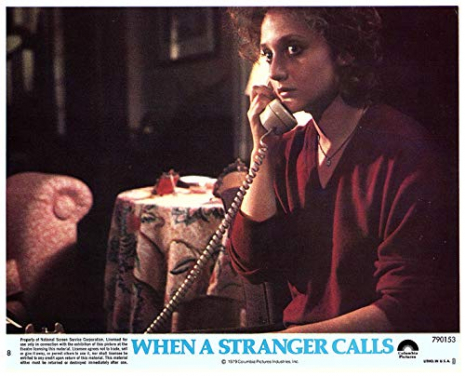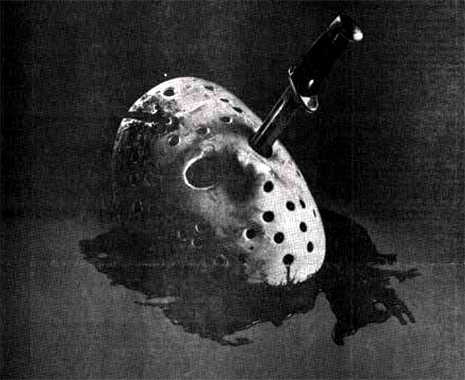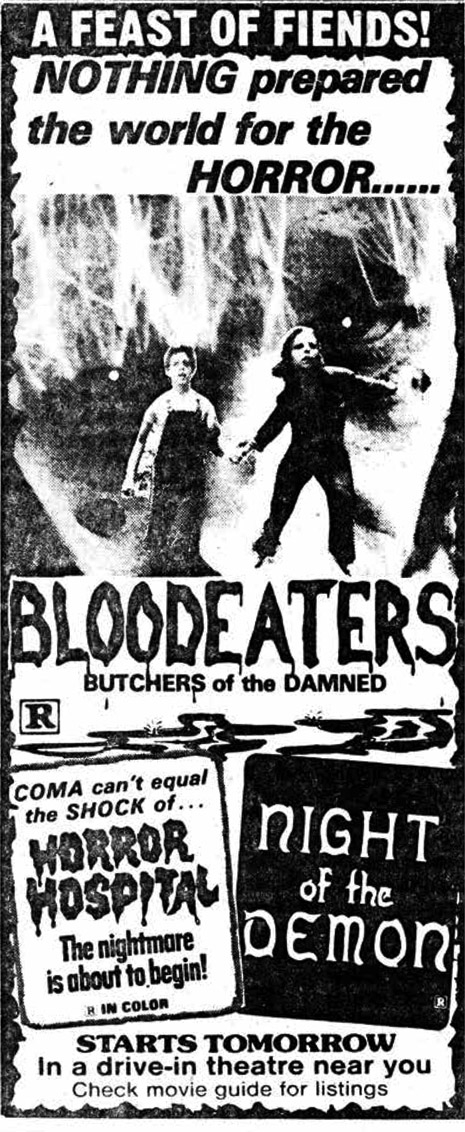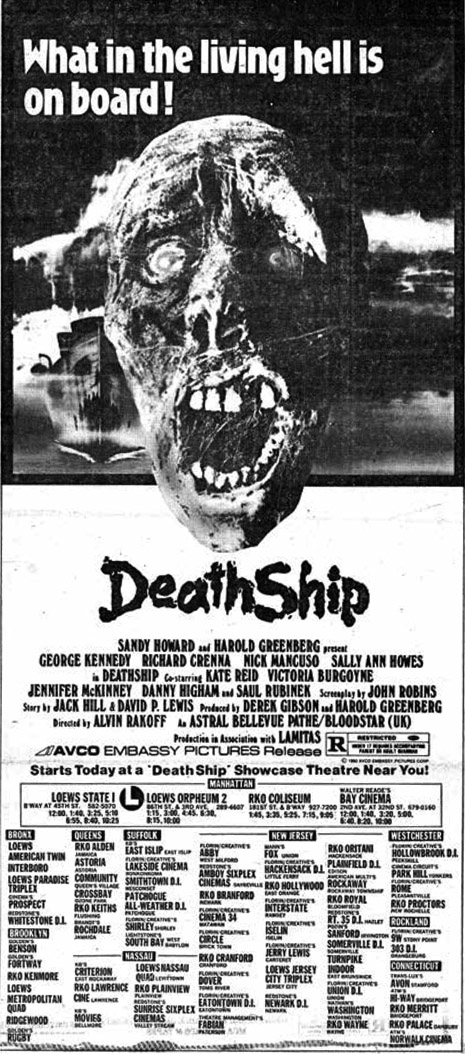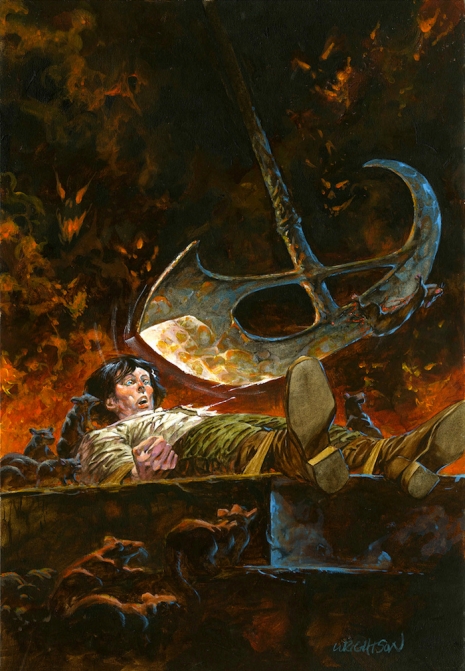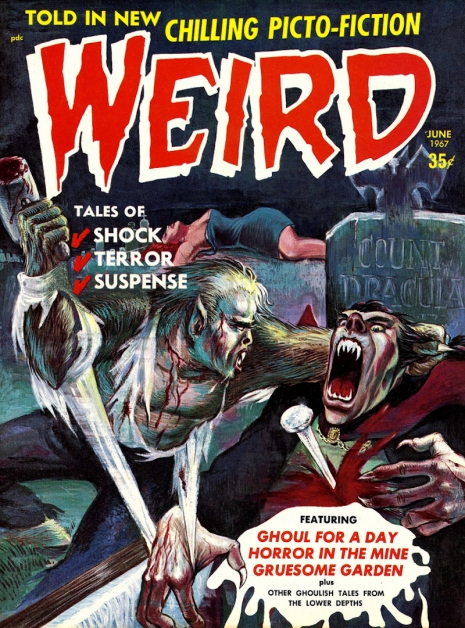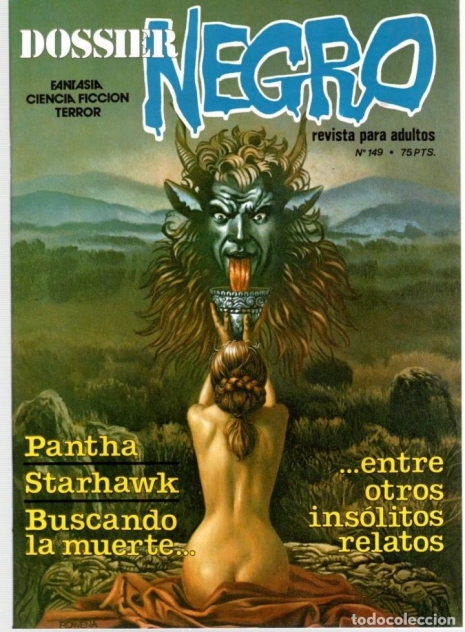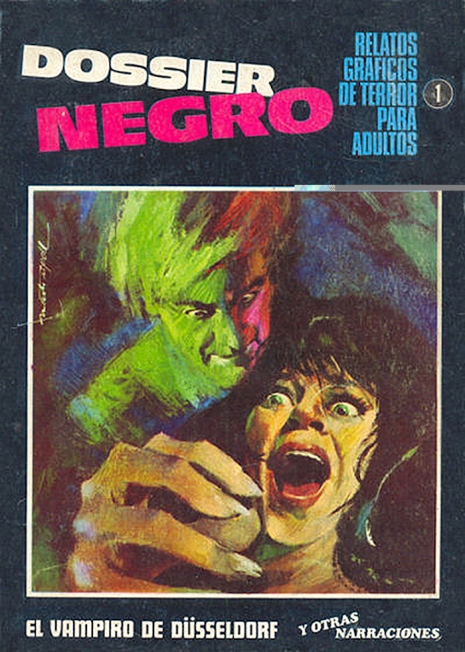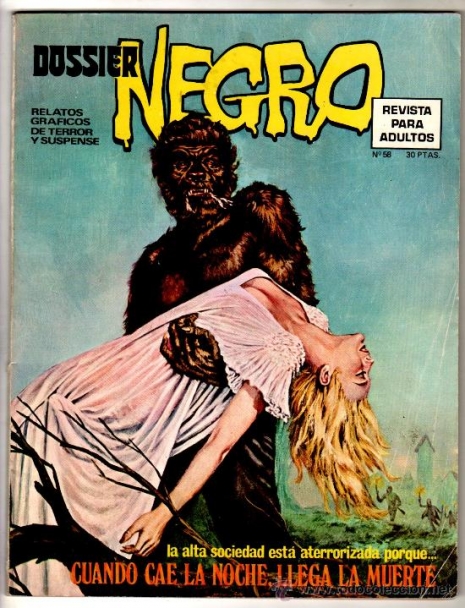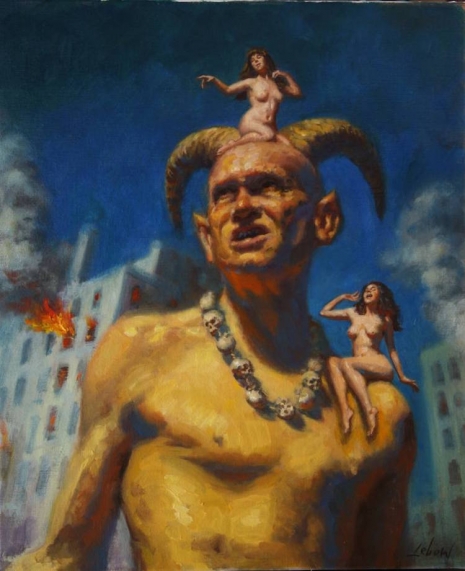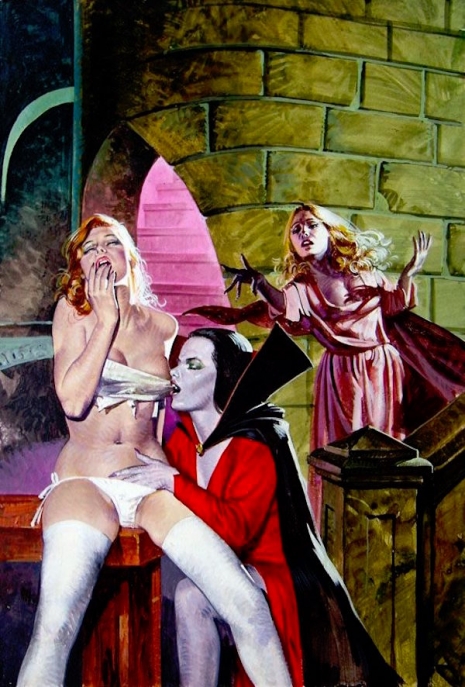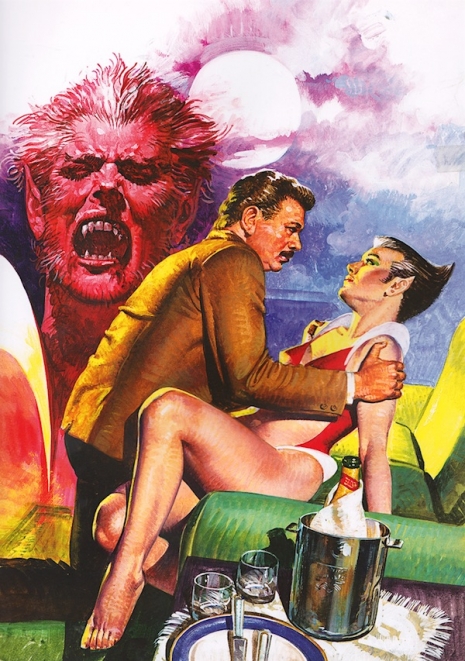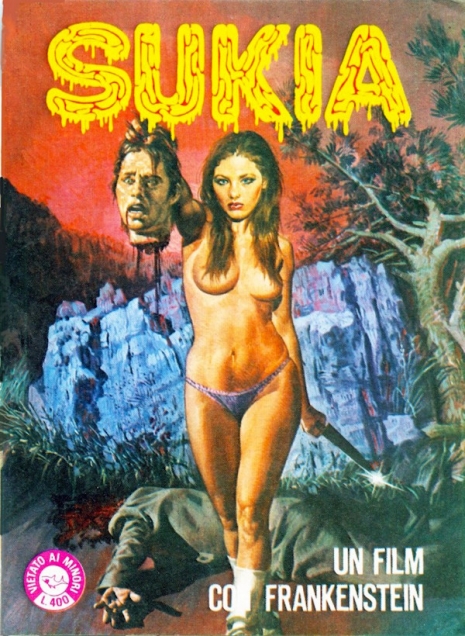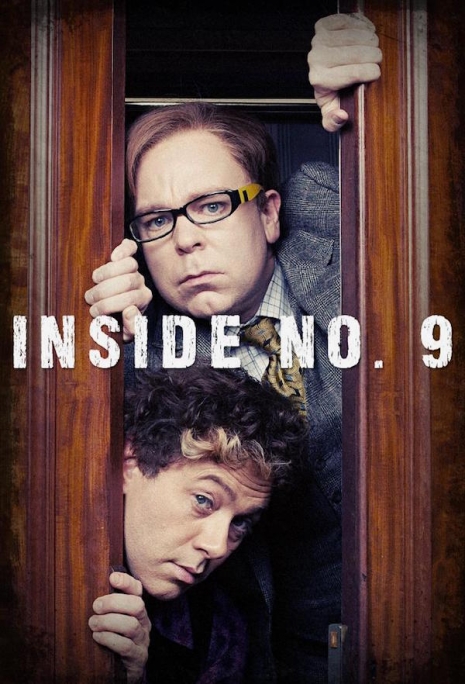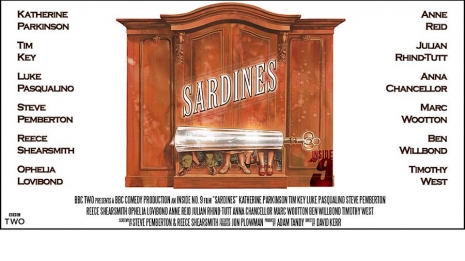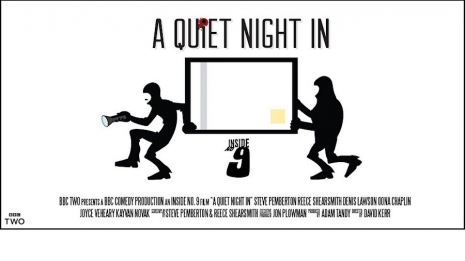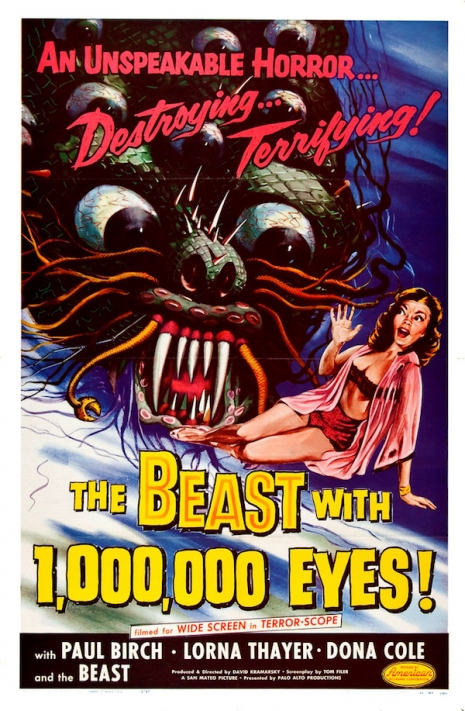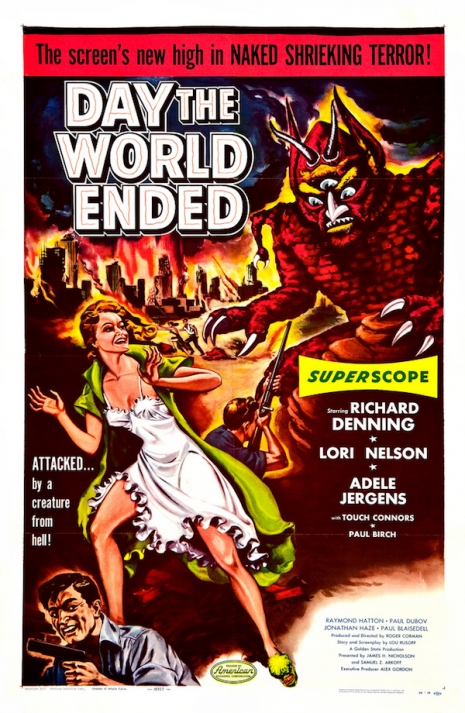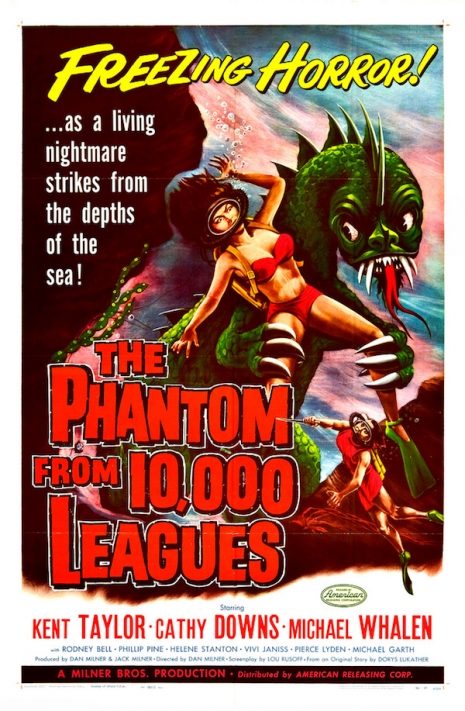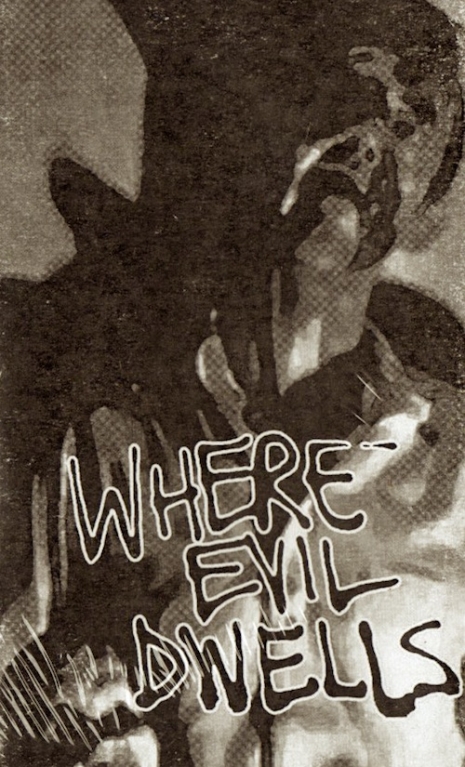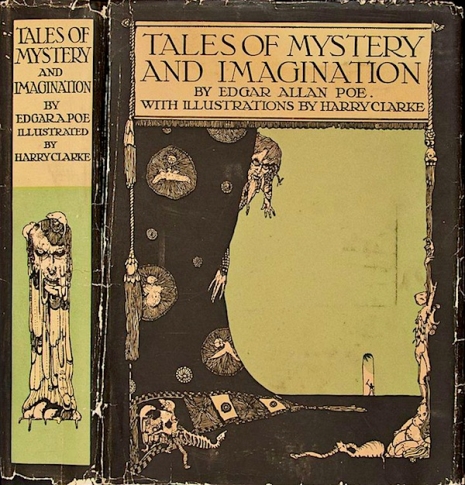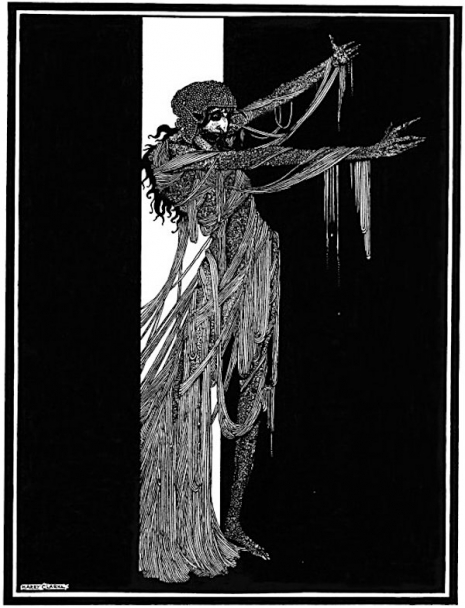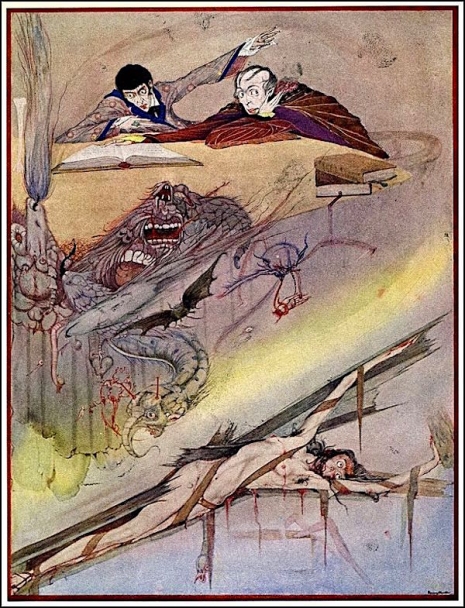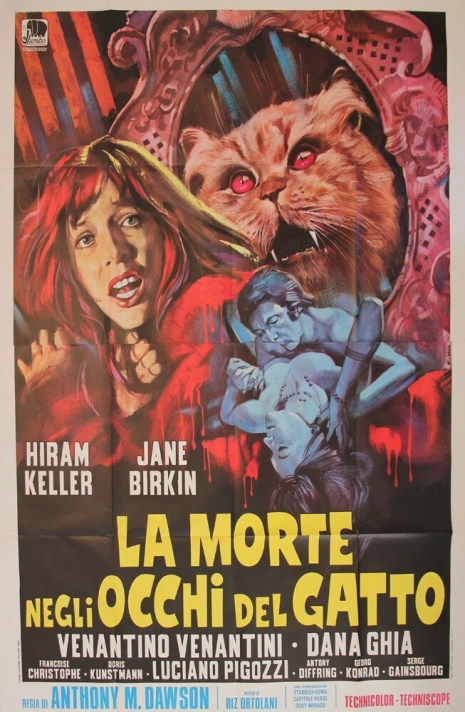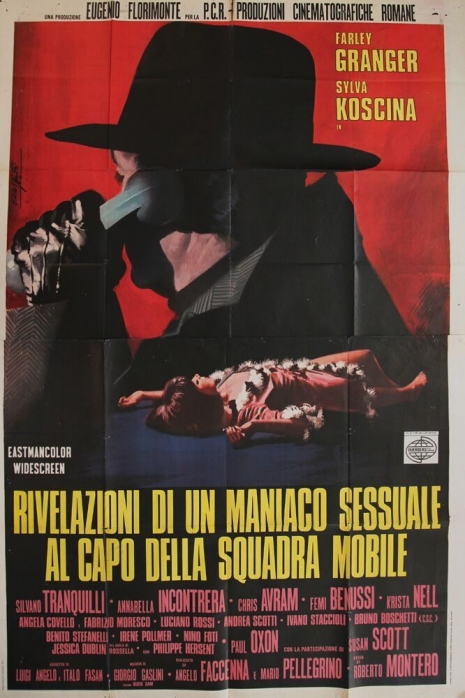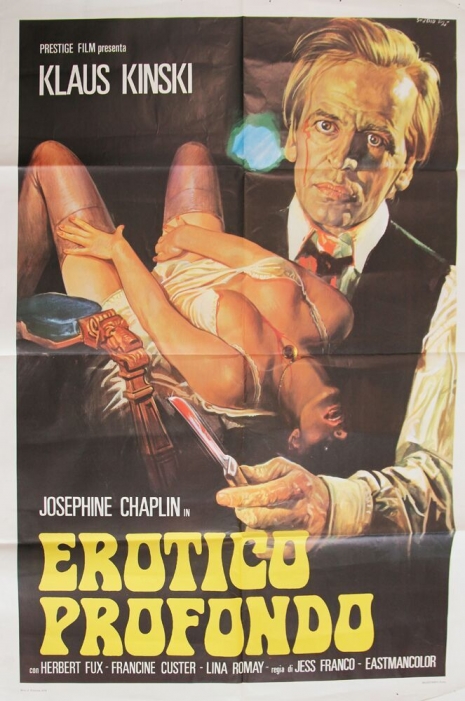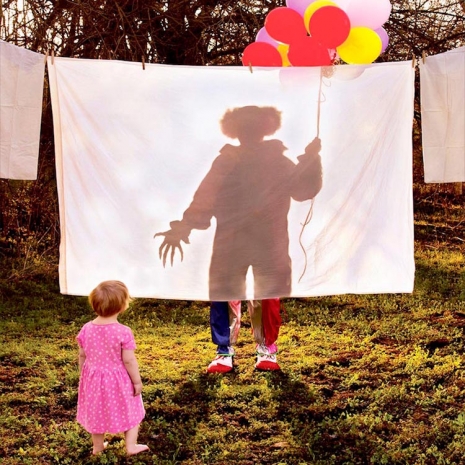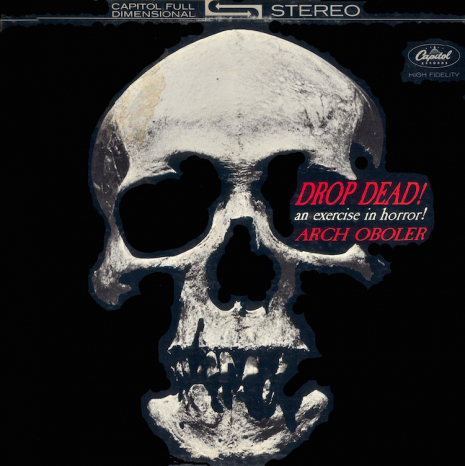
Fuck Winter—Halloween’s coming!
Moving apartment, packing and unpacking boxes of belongings, I rediscovered a few old LPs and cassette recordings of the likes of Vincent Price, Boris Karloff and David McCallum telling tales of terrible things I’d long forgotten. Suppressed memory, you might say. It was quite a discovery, happy and sad, like finding photographs of long lost lovers and knowing the reason you split and why you were such a dick. Recordings of horror stories which were once so very, very important but now much less so. Perhaps
These were recordings of the very best reading great tales that could entice, enthral, and entertain.
I still listen to such today. Downloading podcasts of The Horror from Relic Radio, or listening to Old Time Radio classic tales by Wyllis Cooper and Arch Obler for Lights Out, or those other shows like Suspense, Himan Brown’s Inner Sanctum, The Witch’s Tale, The Hermit’s Cave, or E. G. Marshall and his three-act The CBS Mystery Hour.. Today’s equivalent is the wonderful podcast series Tales from Beyond the Pale devised and produced by Larry Fessenden and Glenn McQuaid.
It’s not that entertainment was somehow better in the past, it is rather there was a bigger and more diverse range of imaginative material produced than all the tawdry remakes, or the repetitive Marvel superhero movies or the tick-box detective shows/sci-fi series available 24/7 today. Imagination has had its wings clipped by money, politics and Twitter mobs, and will never fly to giddy heights in a cage.
But back to the point of this post: Halloween’s coming. And here to get in the mood is a gallery of vintage album covers featuring some of biggest names in movies and entertainment (Karloff, Lugosi, Price, McCallum) reading classic tales of terror and imagination. Plus a few novelty records to show not everything was golden in the past…
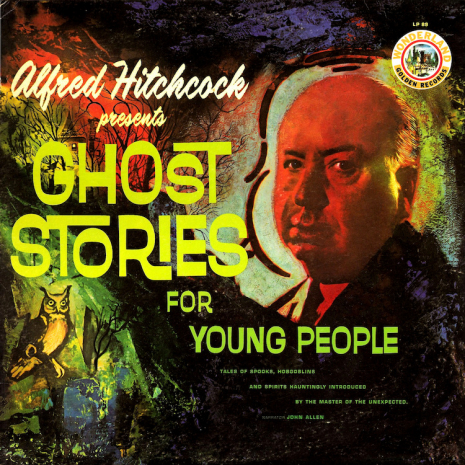
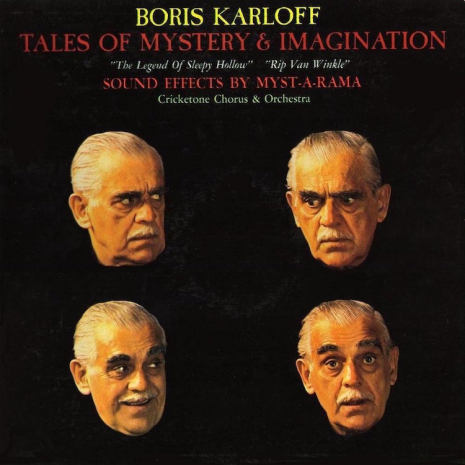
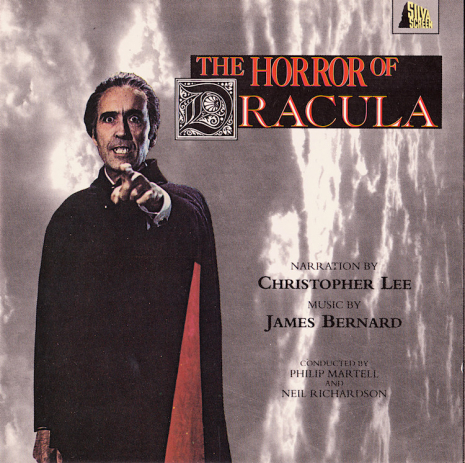
More eerie album covers, after the jump…






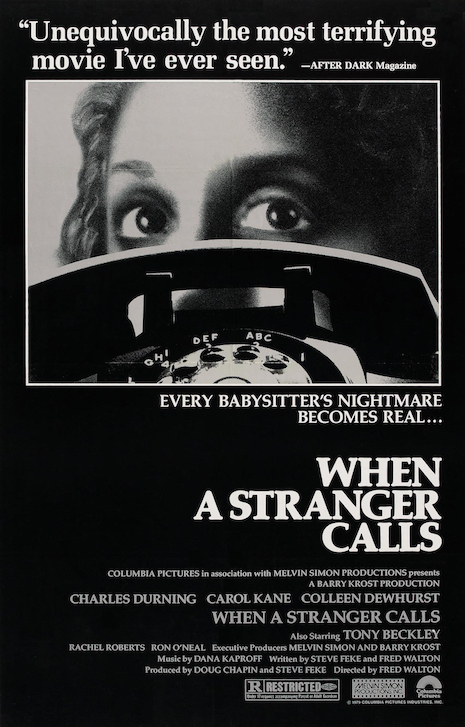
_465_339_int.jpg)
